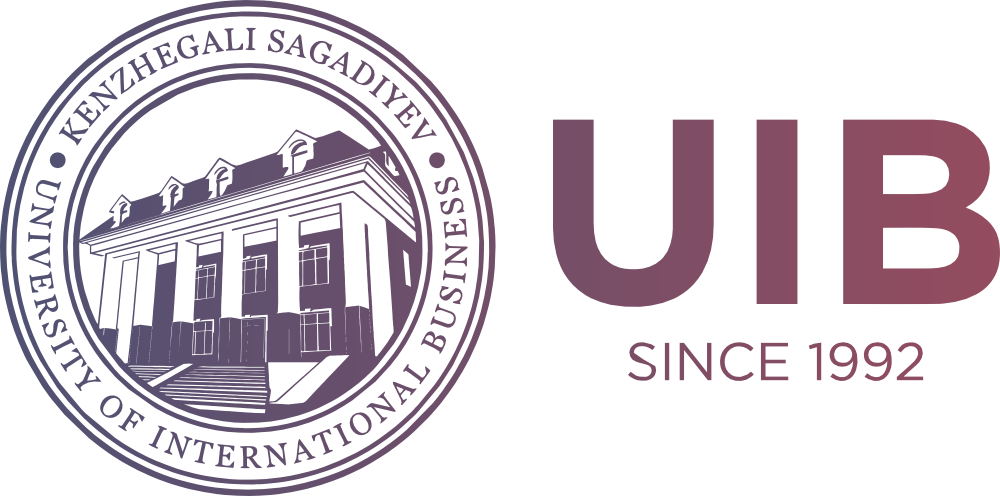Assessment of the Sustainable Development of Regions: the Case of Kazakhstan
DOI:
https://doi.org/10.47703/ejebs.v3i67.310Keywords:
Economy, Economic Indicators, Sustainable Development Goals, Region, Regional Development, KazakhstanAbstract
This research work is devoted to assessing the sustainable development of regions in the example of Kazakhstan. Sustainable development is a strategically important aspect of the country, balancing economic growth, social well-being and environmental protection. The paper considers the key indicators used to assess the sustainable development of the regions of Kazakhstan. The Sustainable Development Goal Index (SDI) was calculated based on seven statistical indicators: gross regional product per capita, food security, unemployment rate, poverty rate, crime rate, education level, and environmental pollution in 14 regions and three cities from 2011 to 2021. The data was collected from the Bureau of National Statistics of Kazakhstan. The initial data of stability indicators were used as a matrix with dimensions m * n to calculate the weight coefficients. Further indicators were scaled and standardized. In addition, to evaluate the weighted index, a measure of the entropy of the indicator was calculated. As a result of the index calculation, it was revealed that the rating leaders are the regions with the lowest normalized poverty level, and these regions take the first place - the cities of Almaty, Astana and Shymkent. In comparison, the highest normalized poverty rate with the lowest positions are Turkestan, North Kazakhstan and Zhambyl regions. This work is essential for making effective decisions and developing targeted strategies for the sustainable development of Kazakhstan. It can be used as a basis for further research in the regional development sustainability field.
Downloads
How to Cite
Downloads
Published
Issue
Section
License

This work is licensed under a Creative Commons Attribution 4.0 International License.
Authors retain copyright and grant the journal right of first publication with the work simultaneously licensed under a Creative Commons Attribution (CC-BY) 4.0 License that allows others to share the work with an acknowledgment of the work’s authorship and initial publication in this journal.


